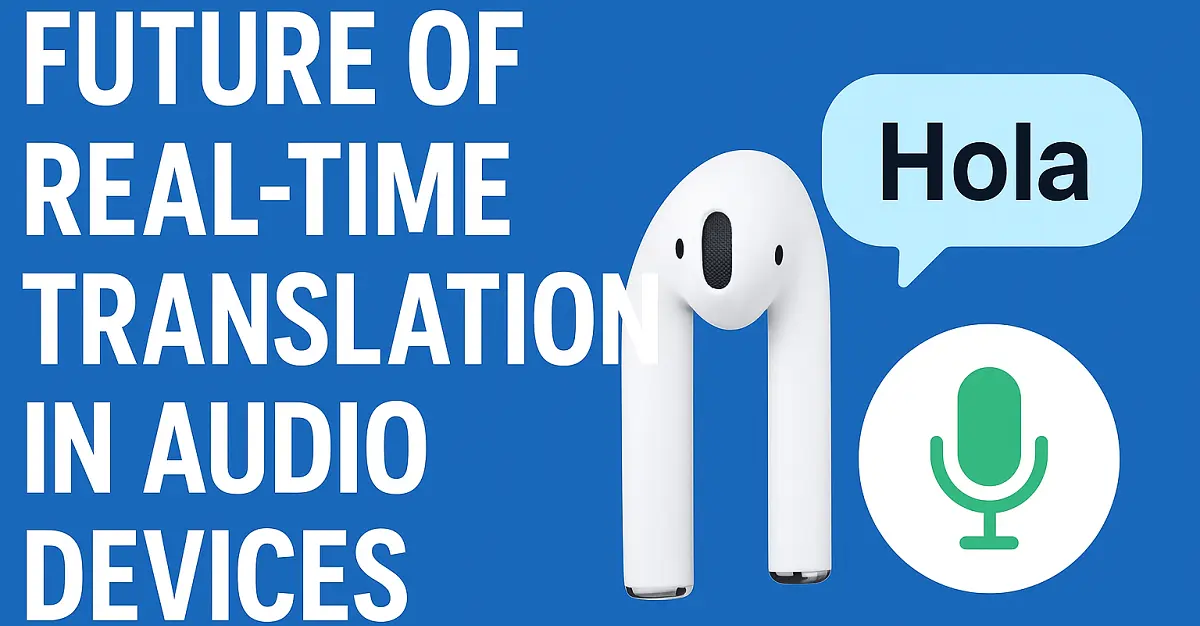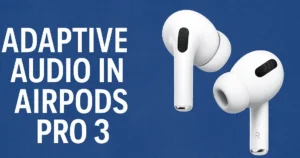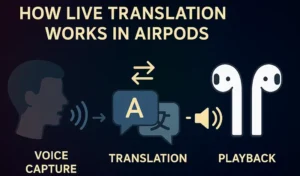Imagine traveling anywhere in the world and instantly understanding every conversation around you — no apps, no delays, just real-time translation through your earbuds. This vision is closer to reality than ever. With AI breakthroughs, 5G/6G networks, and powerful on-device processors, audio devices are becoming mini-translators. Here’s an in-depth look at what’s next for real-time translation technology in audio devices.
The Current State of Real-Time Translation
Right now, translation devices like Google Pixel Buds, Timekettle WT2 Edge, and smartphone-based solutions can translate speech in near real time. However, these solutions often rely on:
- Cloud Processing – Audio is sent to servers, processed, and translated back.
- Stable Internet Connection – Without Wi-Fi or data, translation may fail.
- Slight Delays – Even the best systems have a 1–3 second lag.
The future aims to eliminate these pain points and make translation instant, offline, and more natural.
Key Technologies Driving the Future
On-Device AI Processing (Edge AI)
- Future earbuds will have dedicated AI chips to process translation locally, reducing latency to milliseconds.
- No internet? No problem — translations will work fully offline.
Neural Machine Translation (NMT) Advancements
- Deep learning models are becoming context-aware, producing translations that sound natural rather than robotic.
- They can handle slang, tone, and cultural nuances.
- 5G and Upcoming 6G Networks
- For devices still using cloud-based translation, next-gen networks will reduce lag dramatically.
- Seamless group conversation translation will become possible.
- Multilingual & Multispeaker Recognition
- Advanced microphones will detect who’s speaking and translate multiple languages at once — perfect for meetings and international teams.
- Augmented Reality (AR) Integration
- Smart glasses + earbuds will provide real-time captions in your vision while translating speech into your native language in your ears.
Benefits of Real-Time Translation in Audio Devices
- Seamless Travel Experience – No need for phrasebooks or apps.
- Better Business Communication – Global teams can collaborate naturally.
- Accessibility Boost – Hearing-impaired users can benefit from real-time transcription.
- Language Learning – Users can hear both original speech and translated version to improve skills.
Challenges That Still Need Solving
- Accuracy in Noisy Environments – Background noise can confuse translation models.
- Privacy Concerns – Always-listening devices raise security and data privacy questions.
- Battery Life – Real-time translation requires constant processing, which can drain small batteries quickly.
What the Future Might Look Like
- Instant, Zero-Lag Translation – Conversations will feel completely natural.
- Personalized Voice Output – Translations will sound like your own voice but in another language.
- Universal Translation Mode – One pair of earbuds can translate dozens of languages on the fly, even switching mid-sentence.
- Integration into Everyday Devices – Not just earbuds — cars, smart speakers, and AR glasses will offer instant translation.
The future of real-time translation in audio devices is fast, intelligent, and truly global. As AI models become smarter and hardware becomes more powerful, the dream of breaking down language barriers is about to become a reality. Soon, conversations with anyone, anywhere, in any language will be as simple as putting on your earbuds.






